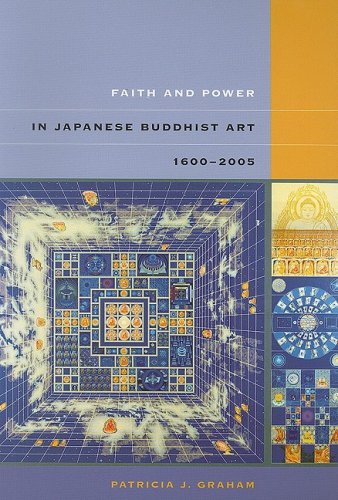

Most ebook files are in PDF format, so you can easily read them using various software such as Foxit Reader or directly on the Google Chrome browser.
Some ebook files are released by publishers in other formats such as .awz, .mobi, .epub, .fb2, etc. You may need to install specific software to read these formats on mobile/PC, such as Calibre.
Please read the tutorial at this link: https://ebookbell.com/faq
We offer FREE conversion to the popular formats you request; however, this may take some time. Therefore, right after payment, please email us, and we will try to provide the service as quickly as possible.
For some exceptional file formats or broken links (if any), please refrain from opening any disputes. Instead, email us first, and we will try to assist within a maximum of 6 hours.
EbookBell Team

0.0
0 reviewsThe book is divided into two chronological sections. The first explores Buddhism in an earlier period of Japanese art (1600-1868), emphasizing the production of Buddhist temples and imagery within the larger political, social, and economic concerns of the time. It surveys the important and representative Buddhist sites and the attraction of the faith to both the authoritative shogunal regime and private citizens. The second section addresses Buddhism's visual culture in modern Japan (1868-2005), specifically the relationship between Buddhist institutions prior to World War II and the increasingly militaristic national government that had initially persecuted them. Following this, the author looks at a concurrent development: the transformation of sacred imagery from icon into art, which in turn stimulated the emergence of a new form of Buddhism dominated by nondenominational practitioners, including secular artists with a personal affinity for Buddhism. The final chapters focus on Buddhist sites and imagery after the war, introducing some of the most distinctive recent sites of worship and the new makers of Buddhist art, who range from traditional workshops and devout laypersons to artists, as both makers and patrons of Buddhist devotional art.
This accessible and well-researched volume can be read with profit by scholars and students of Japanese art, history, and religion, as well as by anyone with an interest in Buddhism or Japanese culture.